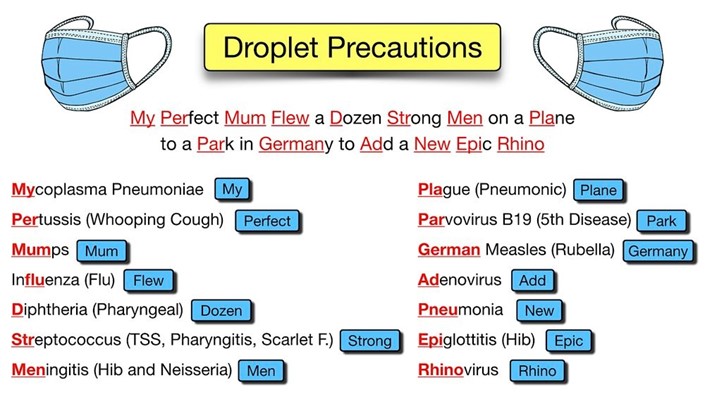A nurse is collecting data for an older adult client who has cystitis. Which of the following findings should the nurse expect? (Select all that apply.)
Dysuria
Bradycardia
Pruritus
Hematuria
Correct Answer : A,D
The correct answer is a. Dysuria and d. Hematuria.
Choice A rationale:
Dysuria, or painful urination, is a common symptom of cystitis due to the inflammation of the bladder lining.
Choice B rationale:
Bradycardia, or slow heart rate, is not typically associated with cystitis. Cystitis primarily affects the urinary system and does not usually impact heart rate.
Choice C rationale:
Pruritus, or itching, is not a common symptom of cystitis. Itching is more often associated with skin conditions or allergic reactions.
Choice D rationale:
Hematuria, or blood in the urine, can occur with cystitis due to the irritation and inflammation of the bladder lining.
Nursing Test Bank
Naxlex Comprehensive Predictor Exams
Related Questions
Correct Answer is B
No explanation
Correct Answer is C
Explanation
The correct answer is choice C. Implement droplet precautions. Streptococcal pharyngitis is a highly contagious infection caused by group A beta-hemolytic streptococcus. Droplet precautions are the appropriate precautionary measures to prevent the spread of the infection. This includes placing the client in a private room or with a client with the same infection, wearing a mask or respirator, and using proper hand hygiene. Option A is incorrect because negative airflow rooms are not required for clients with streptococcal pharyngitis. Option B is incorrect because throat cultures should be obtained before the initial dose of antibiotics. Option D is incorrect because fluid restriction is not a necessary intervention for clients with streptococcal pharyngitis.

Option A - Negative airflow rooms are used for airborne illnesses like tuberculosis.
Option B - Throat culture should be obtained before the initial dose of antibiotics.
Option D - Fluid restriction is not a necessary intervention for clients with streptococcal pharyngitis.
Whether you are a student looking to ace your exams or a practicing nurse seeking to enhance your expertise , our nursing education contents will empower you with the confidence and competence to make a difference in the lives of patients and become a respected leader in the healthcare field.
Visit Naxlex, invest in your future and unlock endless possibilities with our unparalleled nursing education contents today
Report Wrong Answer on the Current Question
Do you disagree with the answer? If yes, what is your expected answer? Explain.
Kindly be descriptive with the issue you are facing.
